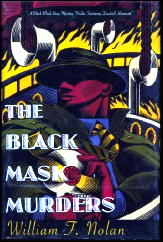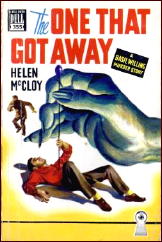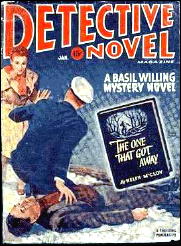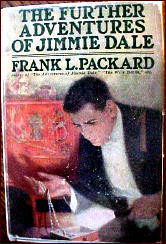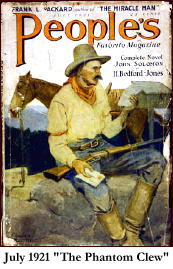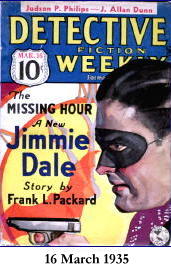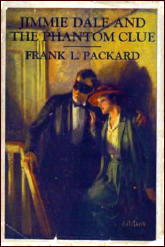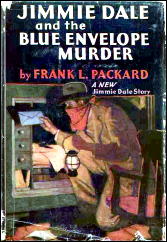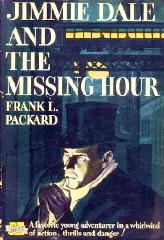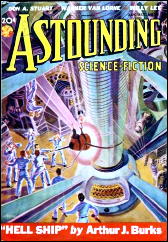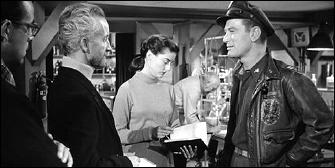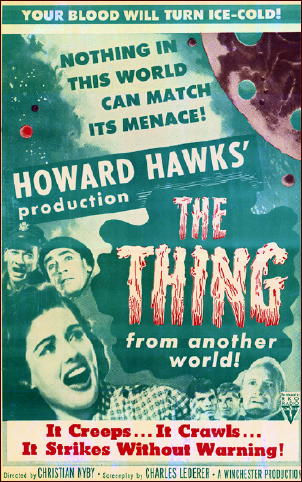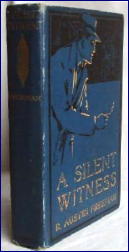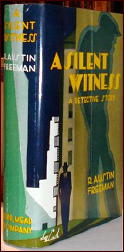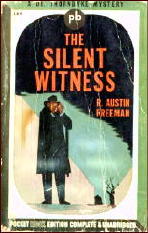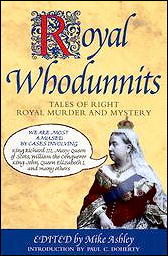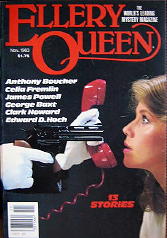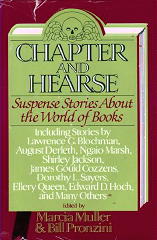Mon 21 Dec 2009
Three More by EDWARD D. HOCH – The Christmas Edition, by Mike Tooney.
Posted by Steve under Reviews[11] Comments
by Mike Tooney:
For Part Three of this series, go here.
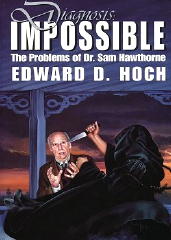
10. “The Problem of the Christmas Steeple.” Ellery Queen’s Mystery Magazine, January 1977. Reprinted in Diagnosis: Impossible: The Problems of Dr. Sam Hawthorne , by Edward D. Hoch. Crippen & Landru, hardcover/trade paperback, 1996.
Comments: It’s December 1925, and a minister has been murdered in the steeple of his own church, a place from which no one could escape unseen — and the only other person, a gypsy, who was there, swears he didn’t do it.
Even Sheriff Lens, not normally quick on the uptake, suspects there’s more to this than first meets the eye: “Some said he was runnin’ a giant con game, while others thought he was more interested in the parish wives. Whatever the truth, his background was mighty shady.”
All of this sets Dr. Sam Hawthorne to wondering: “How could you have a locked room that wasn’t even a room — that was in fact open on all four sides? And how could you have a mystery when the obvious murderer was found right there with the weapon and the body?”
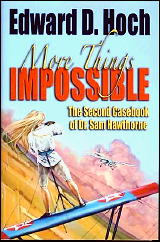
11. “The Problem of Santa’s Lighthouse.” Ellery Queen’s Mystery Magazine, December 1983. Reprinted in More Things Impossible: The Second Casebook of Dr. Sam Hawthorne, by Edward D. Hoch. Crippen & Landru, hardcover/trade paperback, 2006.
Comments: It’s Christmas 1931, but even a place celebrating peace on earth is not immune from violence. Visiting a lighthouse that has been converted to catch the seasonal trade, Dr. Sam Hawthorne witnesses — or almost witnesses — an impossible crime: “I looked up in in time to see a figure falling from the circular walkway at the top of the lighthouse …. Then I saw the handle of the dagger protruding from between his ribs and I knew that help was useless.”
But Dr. Sam never sees the perpetrator, even though it should have been possible. How can it be that someone on one end of a building could stab somebody else on the other end without being seen?
To complicate matters further, Sam runs afoul of a murderous gang anxious to protect a secret: “We made it halfway down the stairs before they caught us, and I tripped and stumbled the rest of the way to the ground floor, landing hard on my chest. I looked up and saw one of the men take out a knife ….”
If you remember your American history, you could surmise what that secret might be. (Hint: the 18th Amendment to the U. S. Constitution.)
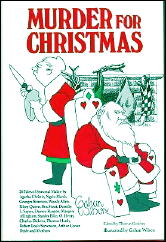
12. “Christmas Is for Cops.” Ellery Queen’s Mystery Magazine, December 1970. Reprinted in Murder for Christmas, edited by Thomas Godfrey. Mysterious Press, hardcover, 1982.
“Is he dead, Captain?”
“As dead as he’ll ever be. What a mess!”
“You think one of our men did it?”
“Who else?”
Comments: It’s Christmas in Captain Leopold’s precinct, and a convivial party for all the policemen is in the offing.
It’s Leopold’s unhappy duty, however, to deal with one of his own men, a cop on the take. The evidence is incontrovertible, and the Captain is about to turn him over to the DA when the crooked cop begs him for more time. He admits his wrongdoing to Leopold but also claims he has an audio recording that will nail another cop in his unit who is also on the take. Reluctantly, the Captain grants the request.
The next evening, at the Christmas party, the fun is interrupted by the discovery of Leopold’s would-be informant, stabbed to death. The Captain is neck-deep in suspects now — over sixty cops plus their wives.
There’s also that unresolved matter of the recording. Leopold has reason to believe that, if it even exists, it’s either under or hidden somewhere on the big twenty-foot Christmas tree — but a careful search yields nothing.
And then there’s that piece of crime scene evidence that points the finger of guilt at the wife of his trustworthy subordinate, Lieutenant Fletcher.
Captain Leopold must untangle all these contradictions, or this Christmas won’t be merry at all.
